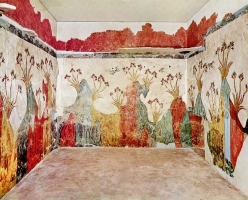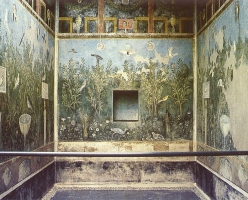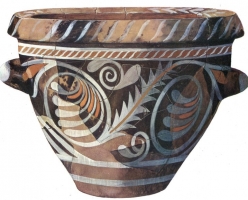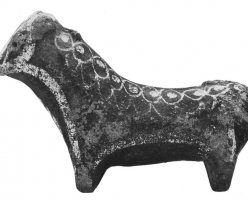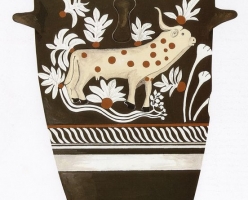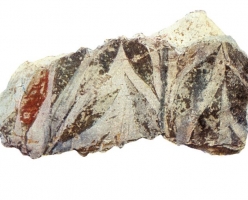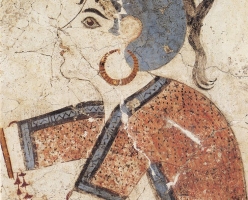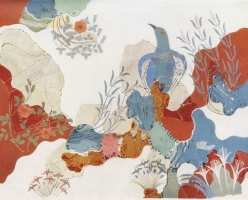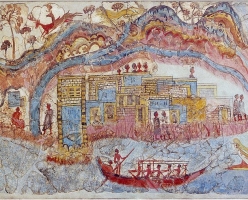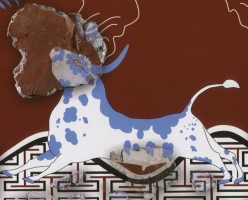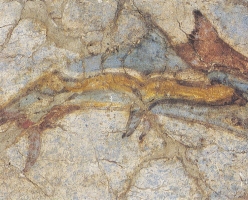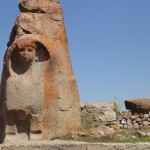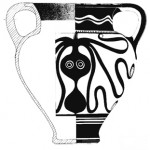La couleur dans l’iconographie minoenne et mycénienne: formes artistiques et réalité visuelle
Fritz Blakolmer
Colour constitutes a fundamental category in art, craft, language, and culture of the Aegean Bronze Age. This article aims at defining the development of the comprehension of colours as well as a classification of chromatic taste in the arts of Aegean prehistory. In the course of the third and second millennia BCE, a development of colour use can be defined in three stages. In the Early Bronze Age red was the predominant colour. During the period of the First Palaces of Crete colour became detached from the concrete object and possessed a purely decorative character. Although the arts of Neopalatial Crete as well as those of Mycenaean Greece are dominated by a polychrome iconography, the application of colours allows us to recognize a tendency of representing objects in an unrealistic, abstract, spontaneous and expressive manner. As a consequence, colour constitutes one of the few media which allow us to approach the mentalities of Minoans and Mycenaeans.
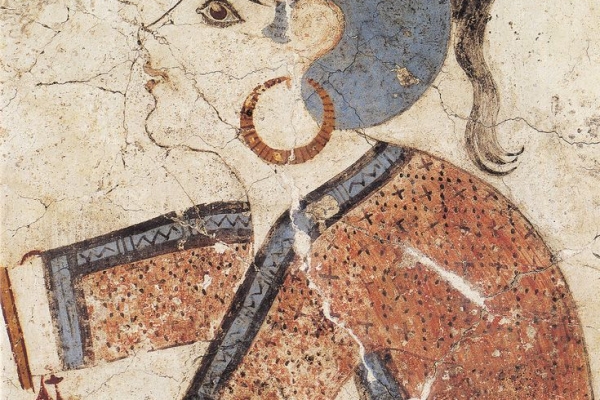
Blakolmer F. 2015, La couleur dans l’iconographie minoenne et mycénienne: formes artistiques et réalité visuelle, SMEA NS 1, 19-41

